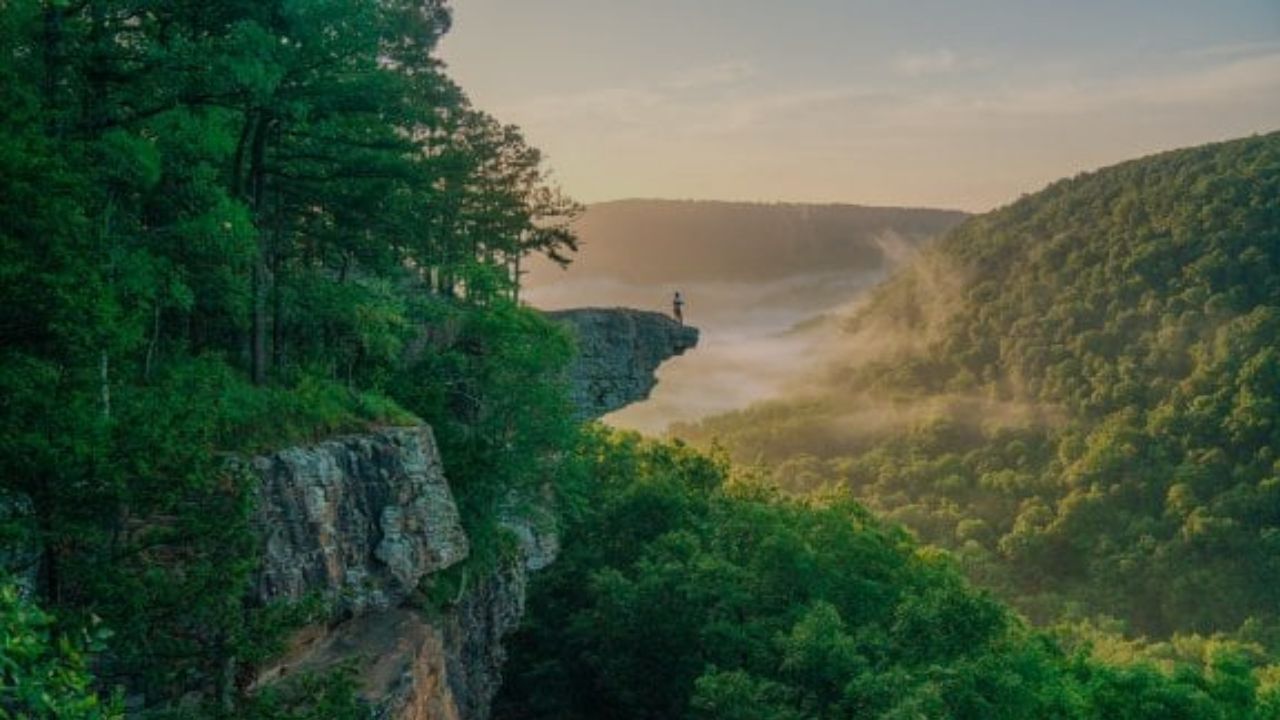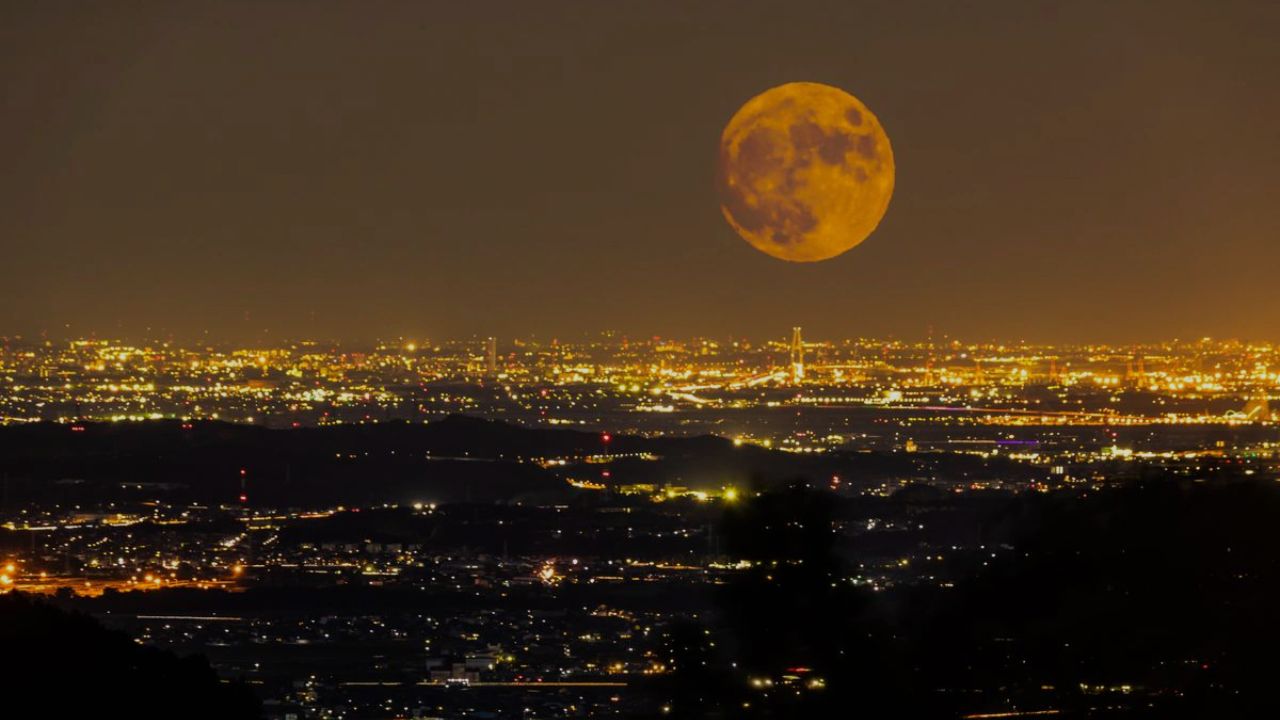Little Rock, AR – Arkansas’ beloved hiking destination, Hawksbill Crag, also known as Whitaker Point, has earned a chilling spot on the list of America’s most dangerous tourist attractions.
Though famous for its jaw-dropping views and Instagram-worthy overhang, this natural rock formation in the Ozark National Forest poses serious safety risks for the unprepared and overconfident.
Nature’s Beauty with a Dangerous Edge
Located deep in the Ozark National Forest, Hawksbill Crag juts more than 100 feet above the forest floor, creating a dramatic ledge that has captivated hikers, photographers, and adventure-seekers for years.
While its views are among the most iconic in the state, the danger comes from the very thing that makes it beautiful—a narrow, unprotected rock ledge.
The trail to the Crag, though moderately rated, becomes treacherous during wet weather. Mud, loose rocks, and slick leaves can turn the path into a hazard. As hikers reach the exposed overlook, there are no guardrails or safety barriers—just sheer drop-offs and rugged cliffs.
A History of Tragedy
Despite its popularity, Hawksbill Crag has been the scene of multiple fatal accidents and serious injuries over the years. Emergency responders cite its remote location as a major challenge in executing rescues or evacuations. In many cases, cell service is unavailable, and injured hikers have had to wait hours for help.
“People see the photos online and think it’s a quick selfie spot,” one local ranger said. “But one slip out here can cost you your life.”
Many accidents involve visitors who venture too close to the edge, lose their balance, or are distracted while taking photos. In other instances, inexperienced hikers have underestimated the physical demands of the trail and found themselves in serious distress.
Read Also: This Wisconsin Site Ranked Among Most Dangerous Tourist Attractions in U.S.
What Draws Tourists Despite the Risk?
Social Media Appeal
Hawksbill Crag’s dramatic appearance on platforms like Instagram and travel blogs fuels its allure. Many visitors trek to the Crag with the sole intention of replicating viral photos, often ignoring weather conditions or basic hiking precautions.
Lack of Safety Infrastructure
Unlike many popular tourist sites, there are no fences, barriers, or warning signs at the Crag’s edge. The absence of these features contributes to the location’s wild and untamed atmosphere—but also increases the risk of injury or death.
Weather and Trail Conditions
Rain, fog, and fallen leaves frequently obscure the trail and make the final descent to the overlook dangerously slick. These natural hazards are often underestimated by first-time visitors.
Safety Tips for Visiting Hawksbill Crag
Local authorities recommend the following precautions:
- Stay back from the cliff’s edge, especially after rain.
- Wear sturdy hiking boots with strong grip.
- Avoid solo hikes; always go with a buddy.
- Pack emergency supplies, including water, maps, and a first aid kit.
- Check the weather forecast and avoid visiting during storms or high winds.
A Natural Wonder That Demands Respect
Hawksbill Crag is undeniably one of Arkansas’ most photographed natural wonders, but its reputation as a dangerous tourist attraction is well-earned. Visitors drawn by its beauty must understand the risks involved and approach the site with caution and respect.
Have you ever hiked Hawksbill Crag or experienced a close call on a trail? Share your story in the comments and stay tuned to newyorkdailygazette.com for more coverage of America’s most thrilling (and dangerous) destinations.








